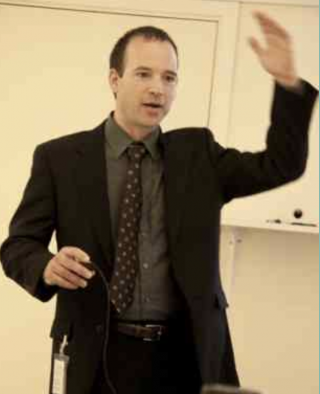
On the eve of Oregon’s new stops-as-yields (a.k.a. Idaho Stop) law going into effect, I was pleased to see Jason Meggs comment on our article on the topic last week.
Meggs is the transportation and urban planning researcher (more at JasonMeggs.com) who completed a respected study on the Idaho Stop law in 2010. His research was entered into the record of the Oregon Legislature and helped convince some lawmakers to support SB 998.
Here’s his comment:

(Photo: JasonMeggs.com)
Thanks for the article, and for mentioning the research I pursued. Thanks to all who have persevered! Epic and ongoing.
People may find my presentation from Velo-city Global 2012 (Vancouver, BC) useful in understanding the rationale for the Idaho Law, it synthesizes diverse sources in support of the Idaho Law as well as an estimate of the gains the law is expected to achieve. The history of stop signs and signals was eye opening for me to research, particularly the fact that most stop signs have no safety purpose even for cars – and there was never a study to justify lockstrapping bicycles to stop signs which were developed for the speed and convenience of driving motor vehicles first and foremost, not for safety.
Advertisement
I want to clarify that the 14.5% [reference to percent reduction in injuries after passage of the Idaho law] came from digging through old reports in Idaho, looking for any further data on the effect of the law. My original research looked at comparison cities and underlying rationale which led to a policy letter available to decision makers, a paper submitted to the Transportation Research Board, and presentations.
On the topic of signals, to clarify that in Idaho the update to the law there required stopping before proceeding straight or turning left; one may still yield when turning right. Previously it was ambiguous as to yielding to proceed through a red light signal. This change was motivated politically, not by any safety study. In future laws if this concern arises I would suggest considering differentiating between smaller intersections and larger intersections for red light signals, rather than completely prohibiting Idaho Law style yielding for red lights. The smaller intersections are more like a typical stop sign.
I like Meggs’ comment because he’s a noted authority on the topic, his comment gives readers a boost of inspiration, and it adds to our understanding of the topic.
If you want to better understand why this law makes sense, I highly recommend Meggs’ Velo-City presentation (PDF).
Thanks for reading Jason! And thanks for your ongoing work.
— Jonathan Maus: (503) 706-8804, @jonathan_maus on Twitter and jonathan@bikeportland.org
— Get our headlines delivered to your inbox.
— Support this independent community media outlet with a one-time contribution or monthly subscription.

